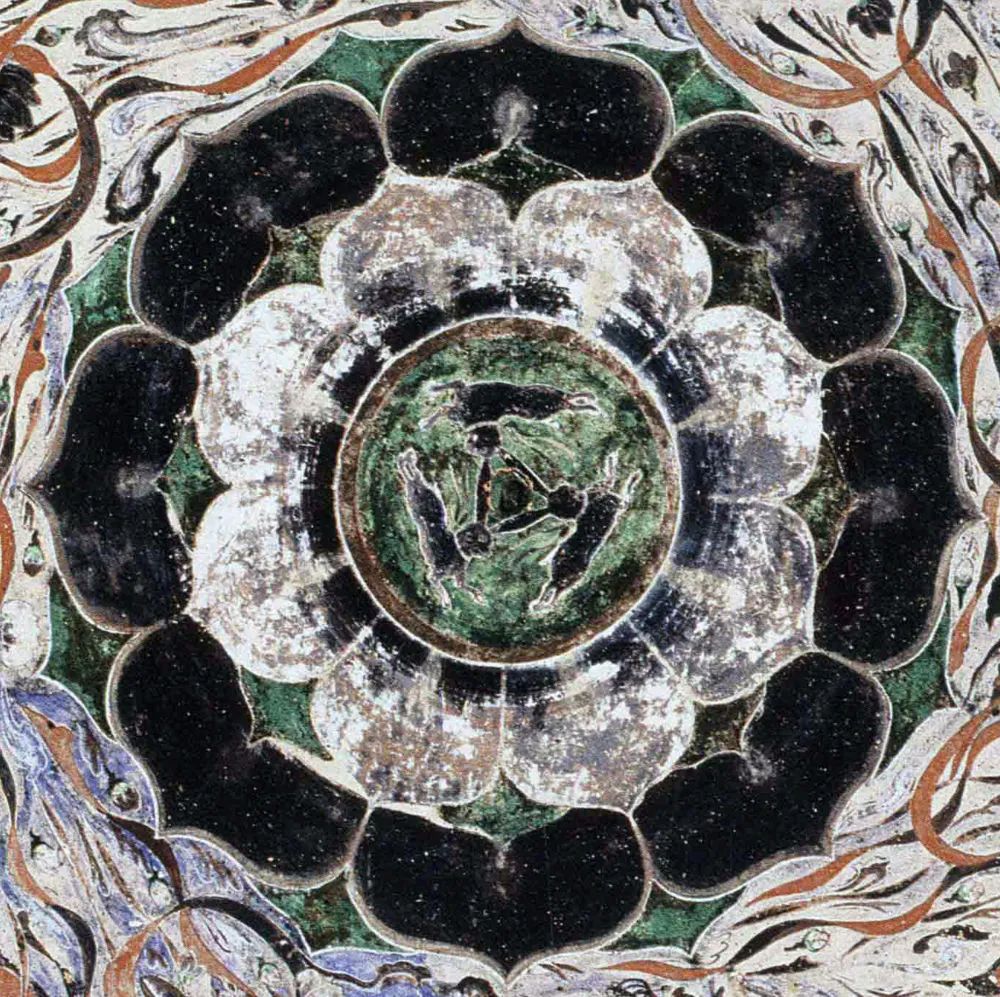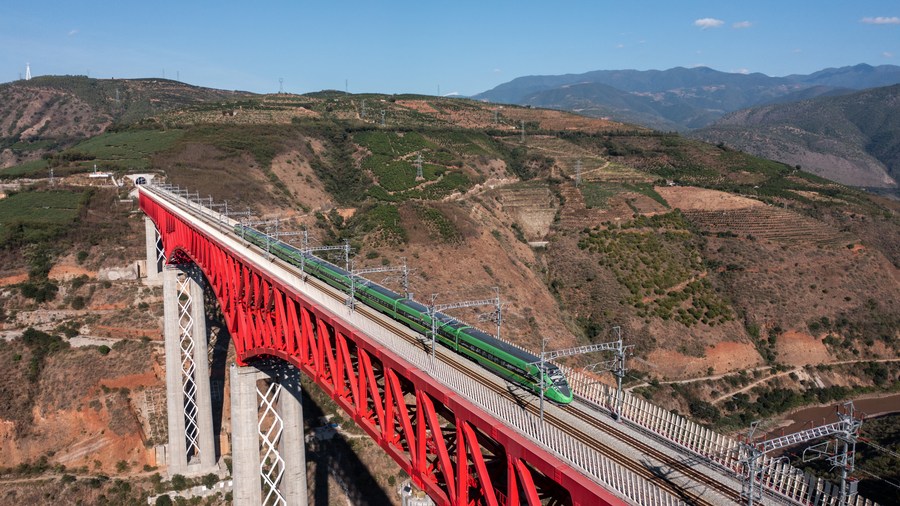From Silk Road to BRI, a road connecting diverse civilizations

[ad_1]

File photo of the caisson ceiling mural of three rabbits sharing three ears in Cave 407 of the Mogao Grottoes in Dunhuang, Northwest China’s Gansu Province. /News Office of the Gansu People’s Government
File photo of the caisson ceiling mural of three rabbits sharing three ears in Cave 407 of the Mogao Grottoes in Dunhuang, Northwest China’s Gansu Province. /News Office of the Gansu People’s Government
In the Mogao Grottoes in Dunhuang, Northwest China’s Gansu Province, there are murals of three rabbits sharing three ears.
It is now a UNESCO World Heritage Site.
Interestingly, the unique murals are also seen on chinaware from Egypt, on clocks in some churches in Germany, and on tile paintings in the United Kingdom, all thanks to the ancient Silk Road that connected China with these faraway places.
“The pattern was first found in Dunhuang in the 6th century. It flowed to Central and West Asia through the Silk Road between the 9th and 11th century, and entered Egypt and European countries from the 13th to 16th century,” said Zhao Yanlin, a researcher at the Dunhuang Academy.
The city of Dunhuang in northwest China’s Gansu Province was a pivotal hub on the ancient Silk Road. Through the road, camel caravans and commercial fleets boosted the exchange of goods, which also stimulated diverse civilization exchanges between the East and the West.
Passing on the tradition of the Silk Road, today’s Belt and Road Initiative (BRI) is also committed to promoting mutual understanding, respect, and admiration among different civilizations.
“The BRI is a very comprehensive platform for global cooperation in human history, and it is a great civilization project,” said Stephan Ossenkopp from the Schiller Institute, a German think tank.
China proposes building the BRI into a road connecting different civilizations, replacing estrangement with exchanges, replacing clashes with mutual learning, and replacing a sense of superiority with coexistence, thus boosting mutual understanding, respect, and trust among different countries.

A Fuxing bullet train running on the Yuanjiang bridge of the China-Laos Railway in southwest China’s Yunnan Province, November 23, 2022. /Xinhua
A Fuxing bullet train running on the Yuanjiang bridge of the China-Laos Railway in southwest China’s Yunnan Province, November 23, 2022. /Xinhua
Over the past decade since the BRI was put forward, diverse cultural exchanges among BRI countries have been flourishing.
By the end of June, China had signed cooperation with 144 BRI countries in the sector of culture and tourism, while alliances of Silk Road-featured theaters, art festivals, museums, galleries, and libraries had been established.
At the third Belt and Road Forum for International Cooperation that concluded in Beijing last week, foreign guests were impressed by the glamour of traditional Chinese culture.
“Chinese culture is open and inclusive, and the BRI has pushed forward the mutual learning among civilizations as well as cultural integration and innovation,” said Gulzhan Ramankulova, a journalist from Kazakhstan who covered the forum.
At the forum, China pledged more detailed measures to promote cultural and people-to-people exchanges, as it announced eight major steps that it will take to support the joint pursuit of high-quality Belt and Road cooperation.
The measures include hosting a special forum to enhance civilization dialogue with BRI partner countries, launching the International Tourism Alliance of Silk Road Cities, and continuing with the Chinese government scholarship Silk Road Program.
China also released an initiative to promote people-to-people bonds among BRI countries and announced the setting up of a public fund.
While visioning for joint pursuit of BRI, China also put forward building a community of a shared future for humanity and introduced the Global Civilization Initiative, one of a series of far-sighted conceptions, for the benefit of the world’s civilization.
“No civilization is superior to others, whether it is from the East or West,” said Luis Rafael Gonzalez Hernandez, director of Center for Analysis and International Studies of the University of the Caribbean.
“An important implication of the joint pursuit of Belt and Road cooperation is to realize that all civilizations can live and thrive in diversity,” he said.
According to the white paper titled “The Belt and Road Initiative: A Key Pillar of the Global Community of Shared Future” released earlier this month, by June 2023, China has signed more than 200 BRI cooperation agreements with more than 150 countries and 30 international organizations across five continents, yielding a number of signature projects and small-scale yet impactful projects.
(With input from agencies)
[ad_2]
Source link





